Relieving the Navy
Every since North Korea’s missile program was revealed as a threat, Japan has strived to establish a two-stage defense system – first intercepting with the Aegis destroyers at sea, and the Patriot Missiles (PAC-3) as the last line of defense.
However, as the North Korean missile tests became a frequent event rather than a rare one, the JMSDF’s Aegis destroyers were constantly restrained at sea to monitor and intercept if necessary.
With only eight ships capable for the job, it quickly became apparent that the JMSDF’s limited manpower could not overmatch the ongoing fatigue for long.
The Aegis destroyers’ focus on Ballistic Missile Defense (BMD) meant other vessels like the “Akizuki-class” mini-aegis destroyers had to provide air cover for the fleet, but such complementary efforts could not prevent the overall degradation of fleet air-defense capability.
Faced with this reality and in order to alleviate the navy’s burden, the Japanese Government decided to introduce the Aegis Ashore System, a land based missile defense asset which would be detect and intercept airborne threats from the ground.
Practically being a land based Aegis destroyer, the Aegis Ashore System can monitor enemy missiles on a 24-7 basis by rotating several crews, and unlike naval ships, it does not require any repairs or maintenance in dockyards.
Though the final unit cost spiked to 3 billion USD including related facilities, it was still considered as a cost-effective solution since a single Aegis Ashore unit could operate without interruption whereas it would have taken at least three Aegis destroyers to do the same job.
Moreover, only two units were required to protect the entire country, as each Aegis Ashore could cover a range of approximately 2,000km/1,250miles. When compared to using six to eight Aegis destroyers for the same defense area, it actually emerges as a cost-efficient asset despite its expensive unit price.
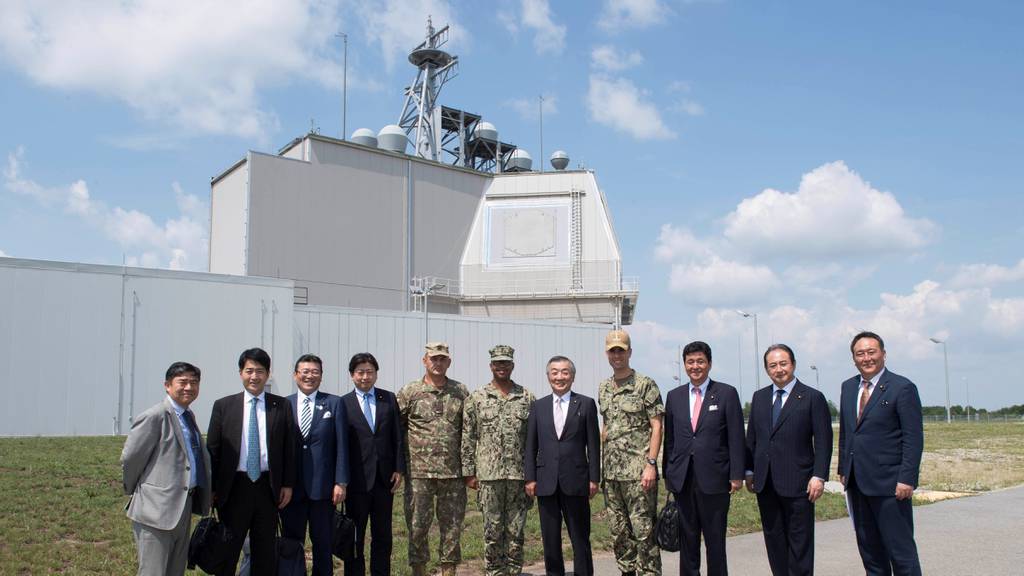 Government Officials visiting a US Aegis Ashore (photo: US Navy)
Government Officials visiting a US Aegis Ashore (photo: US Navy)
The initial idea was to station one unit each to the north and west of the country, both facing the Sea of Japan. Such placement could enable nationwide coverage while providing double protection for the vital Tokyo metropolitan area.
Both units were to be operated by the Army (JGSDF) who had comparatively less manpower shortage, liberating the existing Aegis destroyers from their unending BMD missions and mitigating the JMSDF’s burden.
Had this plan succeeded, the Aegis destroyers could have returned to their original task of providing fleet air-defense, and a BMD system contributed by all sectors of the Self Defense Forces would have been established (PAC-3s are operated by the Air-Force a.k.a. JASDF).
But, the program ultimately failed. Why?
Blunders Leading to Mistrust
After the government’s approval, the search for candidate locations in the northern and western areas began.
Due to the need for early deployment and large space, existing JGSDF facilities were regarded as prime candidates, resulting in the selection of Araya Training Ground (Akita City, Akita Prefecture) and Mutsu Training Ground (Hagi City, Yamaguchi Prefecture).
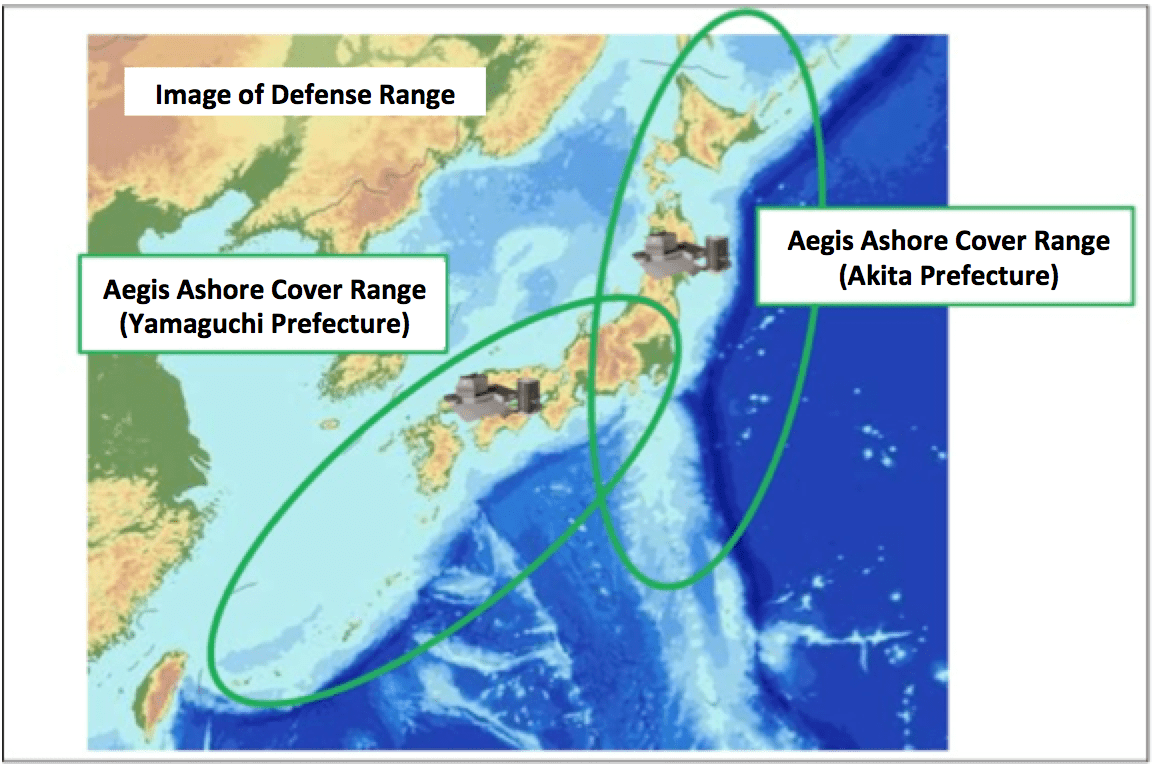
Despite both locations satisfying the prerequisites, the candidate site in Akita faced strong opposition due to its close proximity to urban areas. Local residents were concerned about noise issues, potential health hazards by radar waves, and becoming a potential target for enemy attacks.
Of course, such anxieties are not limited to the Aegis Ashore Program, but a rather common aspect in every military installation plan, so the Ministry of Defense (MOD) tried to address local concerns through briefing and Q&A sessions.
These sessions yielded some progress, especially in addressing concerns related to noise and health issues, but was unsuccessful in explaining the necessity of choosing a site so close to urban residential areas.
To make matters worse, it was later revealed that there was a potential risk of boosters from the SM-3 interceptor missiles falling into the neighborhood. This contradicted the initial explanation that stated the boosters from launched missiles would be dropped within the facility or at sea and not the residential areas.
While the booster issue was suggested to be resolvable through further modifications, there was no absolute guarantee of preventing the boosters from falling into the urban areas, not to mention the associated increase in already expensive costs.
Just when things could not get any worse for the MOD, errors in the powerpoint briefing materials and incidents such as MOD official caught dozing off during a community Q&A session sparked further backlash.
The latter was repeatedly broadcasted on television and especially viewed as dumping fuel into an already burning fire of distrust, likewise affecting the local opinion in the other candidate site.
With the sense of deception, skepticism and mistrust instilled among the local residents, the program was eventually cancelled in 2020.
If the government shown a more plausible explanation and sincere attitude, the outcome might have been different.
Following the cancellation, the decision was made to construct two new Aegis destroyers as an alternative. The two destroyers replacing the Aegis Ashore System are expected to be considerably larger than conventional ones, and will be operated with a primary focus on BMD missions.
Just to reiterate, the original plan was to free up the Aegis destroyers from never-ending BMD missions and alleviate the JMSDF’s strained resources.
But, the result ironically turned out to be the exact opposite.



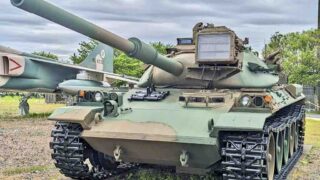

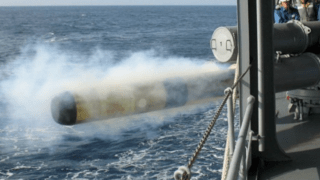
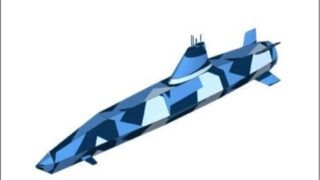
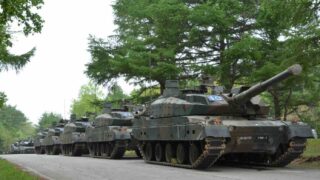
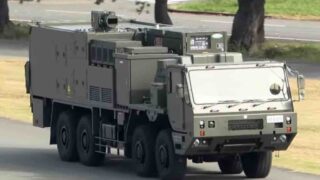
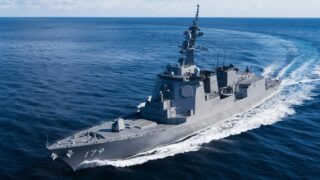
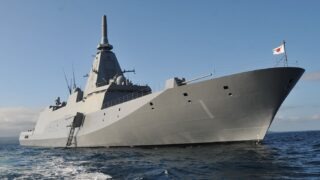

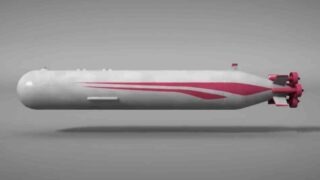
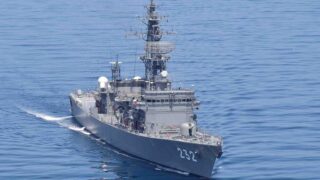
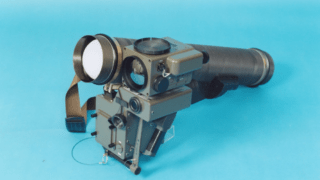
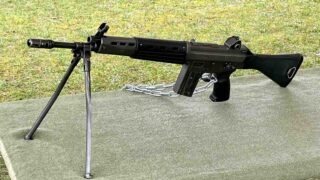
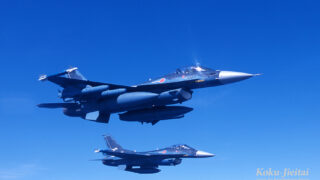
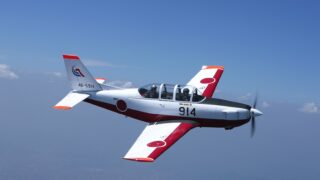
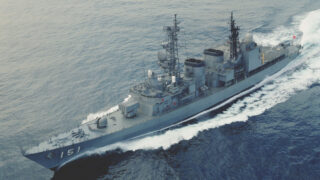
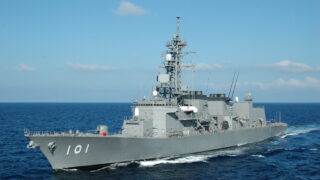
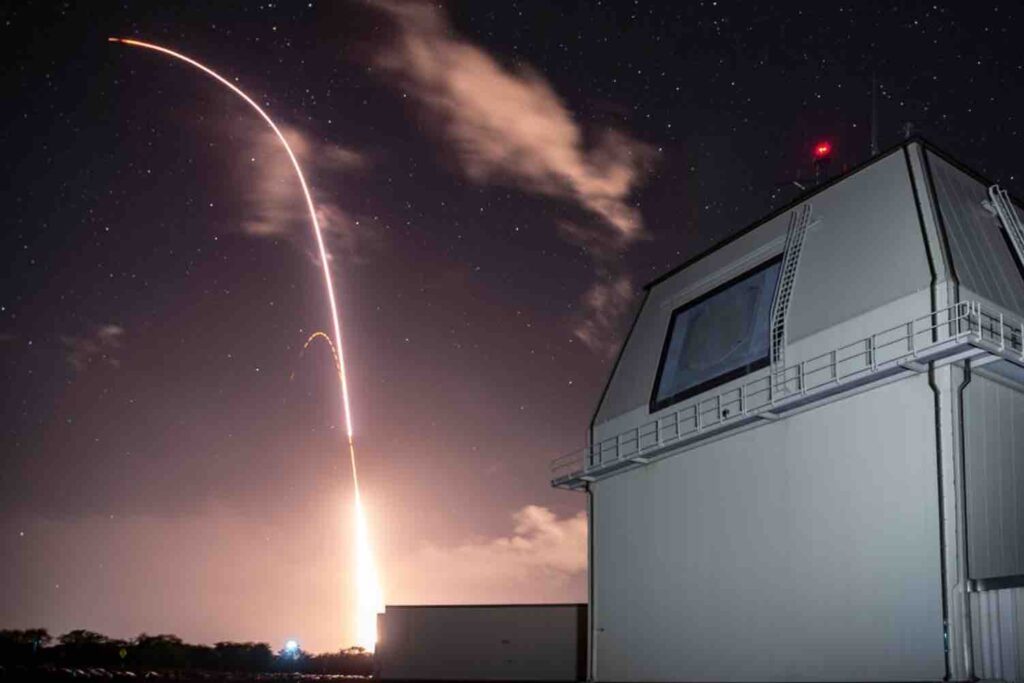
Comments